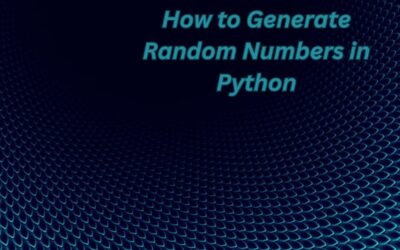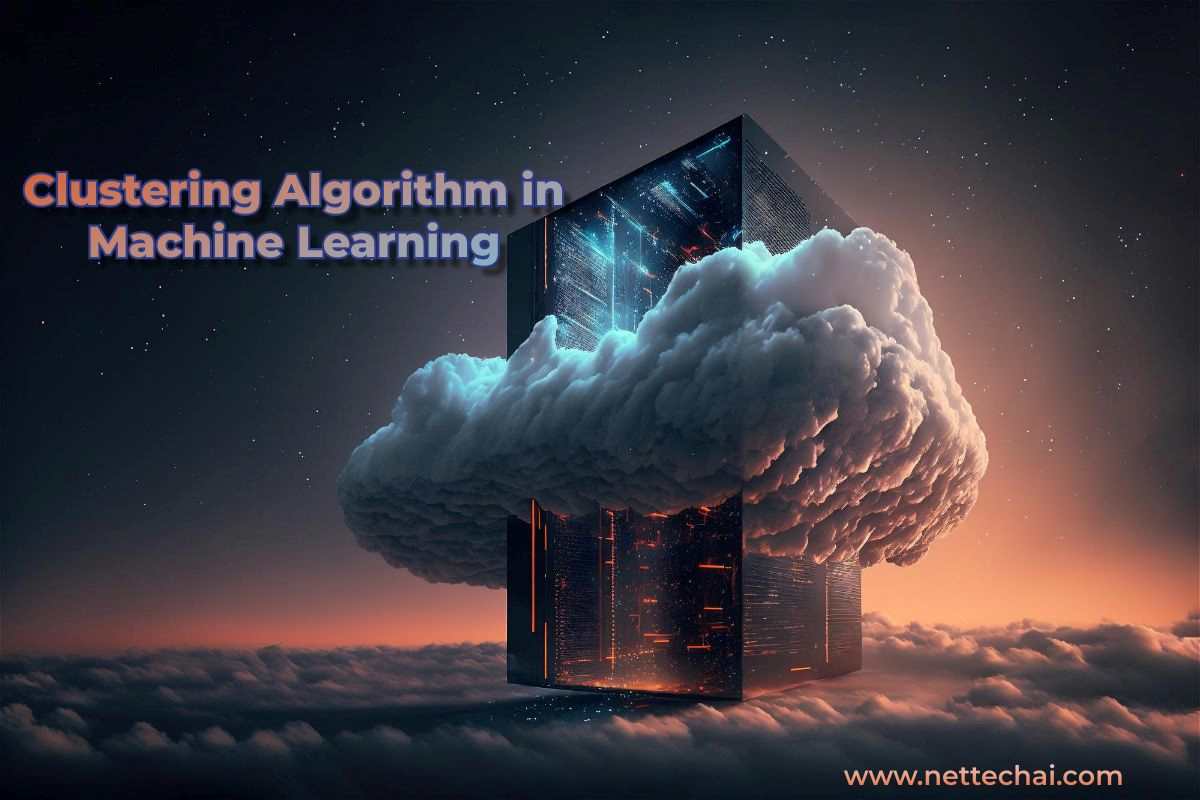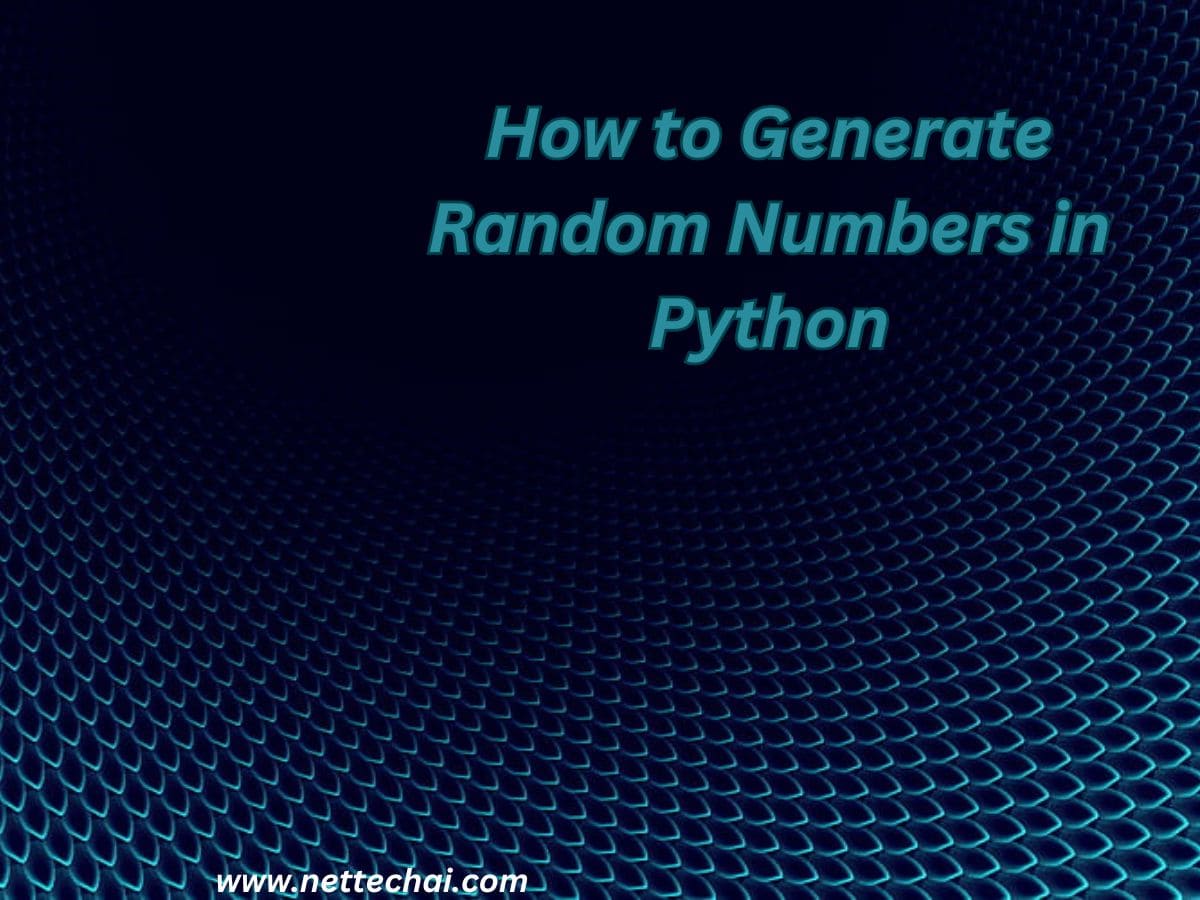Machine learning problems involve handling vast amounts of data and rely significantly on the algorithms employed for model training. The choice of algorithms depends on the specific problem being addressed. Two major approaches Clustering Algorithms in machine learning are supervised and unsupervised learning. Among these, clustering, a form of unsupervised learning, plays a crucial role in solving practical marketing challenges such as targeting specific audiences. This article will elucidate clustering algorithms through real-life problems and examples. Let’s begin by exploring the concept of clustering.
What are Clusters?
The term “cluster” originates from the old English word ‘clyster,’ which refers to a collection or bunch. A cluster signifies a gathering of alike entities or individuals situated closely together. Typically, all elements within a cluster share similar traits, enabling the application of machine learning techniques to recognize these traits and differentiate these clusters. This forms the foundation for numerous Clustering Algorithms in Machine Learning applications that address data challenges across various industries. Clustering, as the name implies, actively partitions data points into multiple clusters with comparable values. Essentially, the goal of clustering is to categorize groups sharing similar characteristics and unite them within distinct clusters. This process mimics human cognitive abilities in machines, empowering them to identify diverse objects and distinguish between them based on inherent properties.
Unlike humans, machines struggle to differentiate between items like apples or oranges unless trained extensively on relevant datasets. Unsupervised learning algorithms, particularly clustering, facilitate this training. In simple terms, clusters consist of data points sharing similar attributes, and clustering algorithms are techniques for grouping these similar data points into distinct clusters based on their attributes. For instance, data points grouped together form a single cluster. Therefore, the diagram below illustrates two clusters, differentiated by color for clarity.
Why Clustering Algorithms in Machine Learning is Required
When dealing with extensive datasets, an effective approach to analyze them involves initially organizing the data into logical groupings, known as clusters. This method enables the extraction of value from large sets of unstructured data, allowing for a preliminary examination of patterns or structures before delving deeper into specific data analysis. Arranging data into clusters serves to unveil the underlying structure of the data and finds practical applications across various industries.
For instance, clustering can aid in disease classification within the medical field and customer categorization in marketing research. While in certain applications, data partitioning serves as the ultimate objective, clustering also acts as a crucial preparatory step for other artificial intelligence or machine learning problems. It proves to be an efficient technique for discovering knowledge within data, revealing recurring patterns, underlying rules, and more. To enhance your understanding of clustering, consider exploring our free course: Customer Segmentation using Clustering.
Clustering Algorithms in Machine Learning Types
Due to the subjective nature of clustering tasks, different types of clustering problems require specific algorithms. Each problem entails distinct rules defining similarity between data points, necessitating the selection of an algorithm tailored to the clustering objective. Presently, there exist over a hundred recognized machine learning algorithms designed for clustering purposes.
A few types of clustering are mentioned below:
Connectivity Models:
Connectivity models classify data points based on their proximity to one another. The underlying principle is that data points in close proximity exhibit similar characteristics. This approach allows for the creation of a hierarchical cluster structure, where clusters can merge at specific points, offering flexibility in partitioning the dataset. The choice of distance function is subjective and varies across applications. Two common approaches within connectivity models involve classifying all data points into separate clusters and aggregating them as distance decreases, or initially considering the entire dataset as one cluster and partitioning it as distance increases. Despite its interpretability, this model faces challenges in handling larger datasets due to scalability constraints.
Distribution Models:
Distribution models assess the probability of data points in a cluster belonging to the same distribution, such as Normal or Gaussian distribution. However, these models are susceptible to overfitting. The expectation-maximization algorithm is a notable example of this approach.
Density Models:
Density models explore the data space to identify varying data point densities and delineate distinct density regions. Data points within the same region are assigned to clusters. Common density models include DBSCAN and OPTICS.
Centroid Models:
Centroid models utilize iterative clustering algorithms, determining the similarity between data points based on their proximity to the cluster’s centroid (center). The centroid is computed to minimize the distance of data points from the center. Solutions to these clustering problems are typically approximated through multiple iterations. The K-means algorithm exemplifies centroid models.
K-Clustering: Common Clustering Algorithms in Machine Learning
The K-Means algorithm stands out as the most popular clustering technique due to its simplicity and applicability to a wide array of data science and machine learning challenges. Here’s how you can implement the K-Means algorithm for your clustering task. Firstly, you randomly select a number of clusters, denoted by ‘k’. Each cluster is then assigned a centroid, representing its center. It is crucial to position these centroids as far apart from each other as possible to minimize variation. Subsequently, every data point is allocated to the cluster whose centroid is closest in distance.
Once all data points find their respective clusters, centroids are recalculated for each cluster. Data points are then rearranged into clusters based on their proximity to the updated centroids. This iterative process continues until the centroids cease to move from their positions. The K-Means algorithm excels in categorizing new data. Its practical applications span various fields, including sensor measurements, audio detection, and image segmentation.
Clustering Applications:
Clustering finds diverse applications across industries and offers effective solutions to a multitude of machine learning problems.
- In market research, it characterizes and uncovers relevant customer bases and audiences.
- Image recognition techniques employ clustering to classify different plant and animal species.
- It aids in deriving plant and animal taxonomies, classifying genes with similar functionalities, and gaining insights into population structures.
- City planning benefits from clustering to identify groups of houses and facilities based on type, value, and geographic coordinates. It pinpoints areas of similar land use, classifying them into agricultural, commercial, industrial, or residential zones.
- Clustering is also utilized to categorize web documents for information discovery, mine data for distribution insights, and identify credit and insurance fraud through outlier detection.
- In natural disaster assessment, clustering identifies high-risk zones in earthquake-affected areas and other hazards.
- Libraries utilize clustering to categorize books by topics, genres, and other characteristics.
- Crucially, it aids in identifying cancer cells by distinguishing them from healthy cells.
- Search engines employ clustering techniques to provide search results based on the nearest similar objects to search queries.
- Additionally, clustering algorithms in wireless networks enhance energy consumption and optimize data transmission.
- Social media hashtags employ clustering techniques to group all posts with the same hashtag under one stream.






